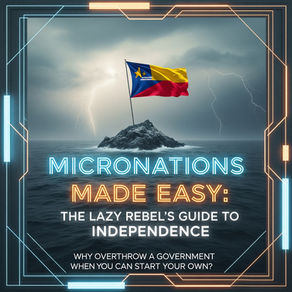top of page


Protest songs against the
Third World War WW3
Music has the power to unite people and stand up for peace. Discover three powerful protest songs directed against the horrors of a possible Third World War. Be inspired by their message and become part of a movement for a better world. Click on the links, listen and share the hope for peace:
bottom of page
































